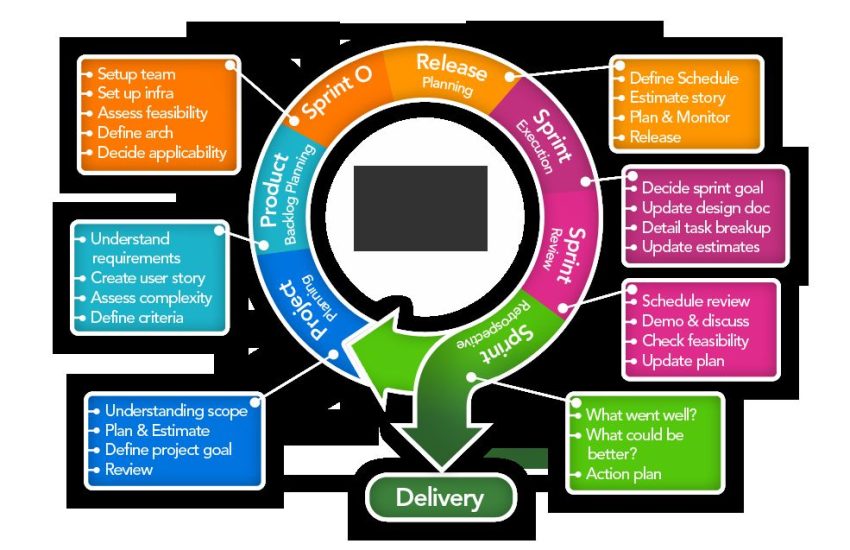Essential Techniques for Responsive Web Development
With the increasing number of internet users accessing websites through mobile devices, responsive web development has become essential in today’s digital landscape. Responsive web development is the process of creating websites that adapt and provide optimal viewing experiences across a wide range of devices, from desktop computers to smartphones and tablets. In this article, we will explore some essential techniques for responsive web development that will help you create a seamless user experience for your audience.
Media Queries
Media queries are a fundamental aspect of responsive web development. They allow you to apply different styles based on the device’s screen size, orientation, and resolution. By using media queries in your CSS, you can create layouts that adjust to fit different screen sizes, ensuring that your website looks great on any device.
Flexible Grid Layouts
One of the key principles of responsive web design is the use of flexible grid layouts. Instead of using fixed-width layouts, which can cause content to look cramped on smaller screens, flexible grid layouts allow your content to adapt and flow smoothly across different devices. By using percentages instead of fixed pixel values for your layout, you can create a more fluid and responsive design.
Fluid Images
In addition to flexible grid layouts, it’s important to consider the images on your website. By using fluid images that scale with the size of the screen, you can prevent images from appearing stretched or cropped on different devices. You can achieve fluid images by setting the max-width property to 100% in your CSS, ensuring that images resize proportionally based on the screen size.
Responsive Typography
Responsive typography is another crucial aspect of responsive web development. By using relative units such as ems or rems instead of fixed pixel values for font sizes, you can create text that adjusts to different screen sizes and resolutions. Additionally, consider using viewport units like vw and vh for font sizes, which scale based on the viewport size, ensuring that your text remains legible on any device.
Mobile-First Approach
When designing for responsive web development, it’s essential to adopt a mobile-first approach. By starting with the smallest screen size and gradually adding styles for larger screens, you can ensure that your website looks great on mobile devices while also providing a seamless experience on desktop computers. This approach prioritizes the user experience on mobile devices, where space is limited, and ensures that your website is optimized for all users.
Testing and Optimization
Finally, testing and optimization are crucial steps in responsive web development. Before launching your website, make sure to test it across a variety of devices and screen sizes to ensure that it functions correctly and looks great on all platforms. Additionally, regularly monitor and optimize your website’s performance, loading speed, and responsiveness to provide the best possible experience for your users.
Conclusion
Responsive web development is no longer an option but a necessity in today’s mobile-first world. By implementing essential techniques such as media queries, flexible grid layouts, fluid images, responsive typography, and a mobile-first approach, you can create websites that provide a seamless user experience across all devices. Remember to test and optimize your website regularly to ensure that it continues to perform at its best. By following these techniques, you can stay ahead in the constantly evolving world of web development and deliver exceptional user experiences to your audience.


